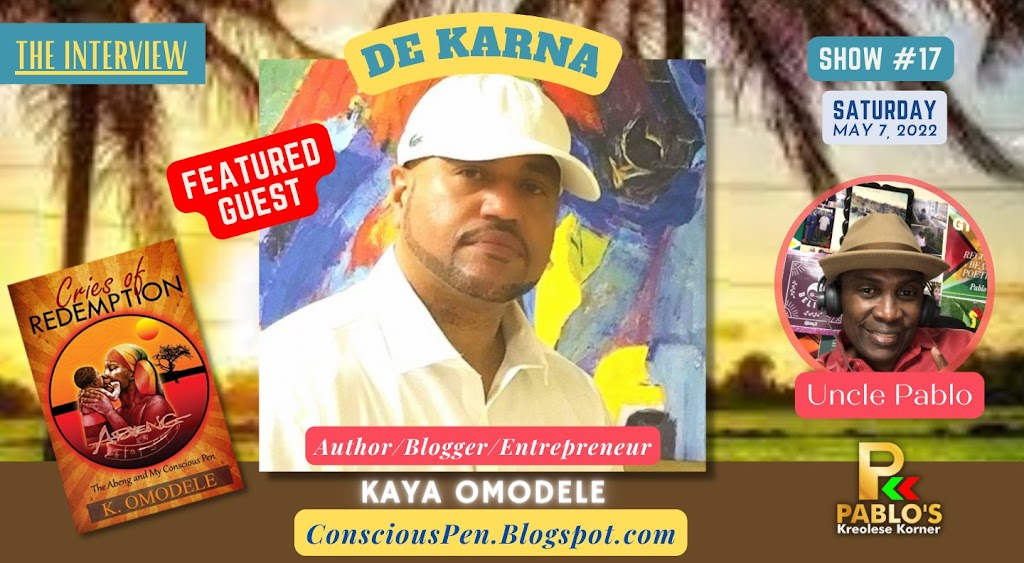copyright 2014 K. Omodele
... like the U.S. and the U.K., people in Latin American countries immigrated from all over the world... And yes, some of these Latin Americans are of African Descent.
“No matter where you come from/ as long as you’re a Black man, you are an African.”~ Peter Tosh
People of Latin America
Beginning in the late 15th and early 16th centuries (1400s and 1500s), Spaniards and Portuguese sailed to what we now know etc .), decimating whole populations of these people through warfare and disease. These Europeans first set up shop mining gold, forced Amerindians into slavery. After the Amerindian population was close to depletion, Europeans imported Africans to work the fields- mostly sugar cane and tobacco plantations in Brazil, Columbia, Santo Domingo (Dominican Republic), Cuba,et al. By the 19th Century, in Latin America there were three different races/ancestries (Amerindians; Blacks/Africans; Whites/Europeans) and people of mixed race/ancestry (such as Mestizos and mulattos).
Over time, more people immigrated to Latin America- Asians ( Chinese and East Indians), other Europeans (Italians, Germans after WWII), and Middle Easterners (Lebanese and Syrians). But regardless of the diverse ancestry, the common thread that now weaves through Latin culture is language (Spanish and Portuguese).
African (Black) Culture in Latin America
Latinos/Hispanics don’t share an exact, uniformed culture because dialects, music and dance, and other customs vary from one region to the next. For instance, some Latin American countries have large populations of Blacks (descendants of Africans) who have heavily influenced culture. Notice how Latin countries in and around the Caribbean , along with Brazil, possess customs steeped in African traditions. African styles permeate music and dance in samba, rhumba, merengue and just check out the strong rhythm of congas in salsa. Notice the spirituality of Yoruba deities and Orishas found in Santeria.
During the Trans-Atlantic Slave Trade, more Africans were imported into Brazil than any other country. If we include light and brown-skinned people of African descent (the so-called “mixed” or Mulatto), then Brazil’s Black population is roughly forty-five percent of its total population of 190 million*, which means that Brazil has the largest population of black people in any country other than Nigeria.
In sum, it’s full time we realize that people only “look Hispanic” (or look Puerto Rican, Cuban, Columbian, Dominican) if we misunderstand the meaning of these terms. Knowing that during slavery Africans were widely scattered throughout the Caribbean; Central, South and North America is crucial in understanding the nuances of ethnicity, nationality and race.
Sources
*The World Almanac 2012 (states that Brazil’s population is comprised of 6% Black and 29% Mulatto)
**McLeish , Ewan. South America. Continents. Austin, TX: Raintree Steck-Vaughn Publishers, 1997







